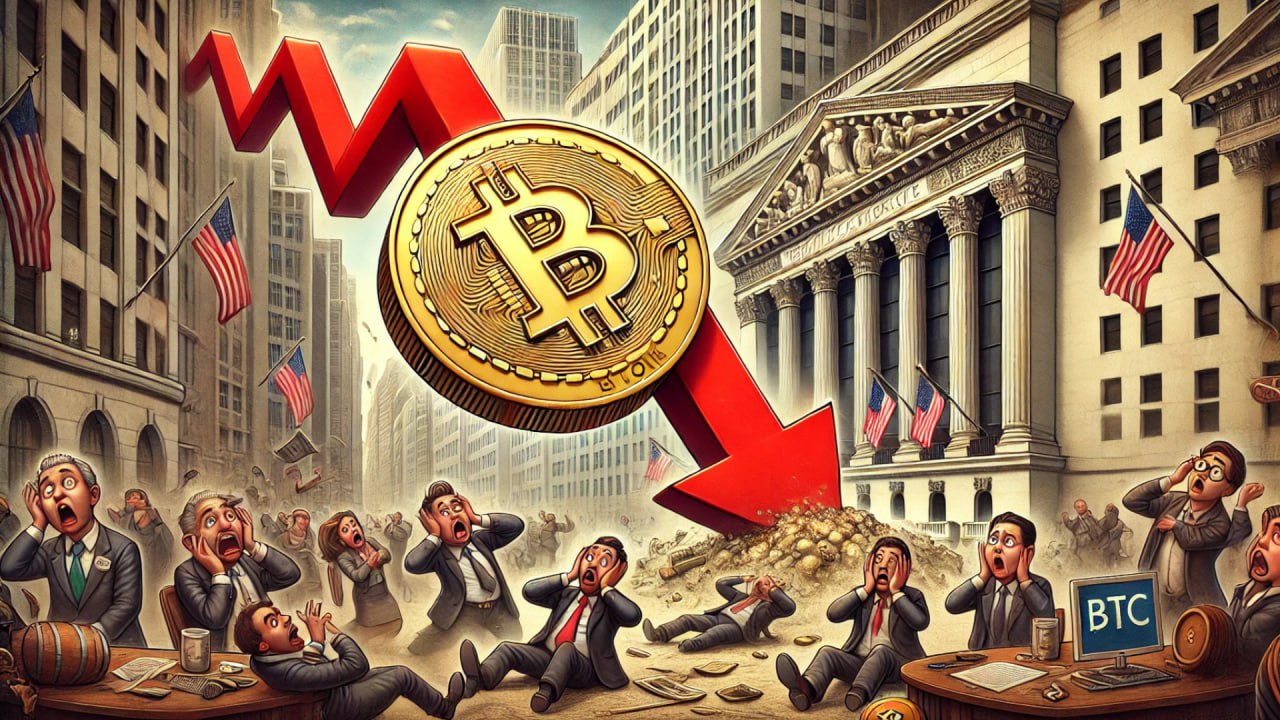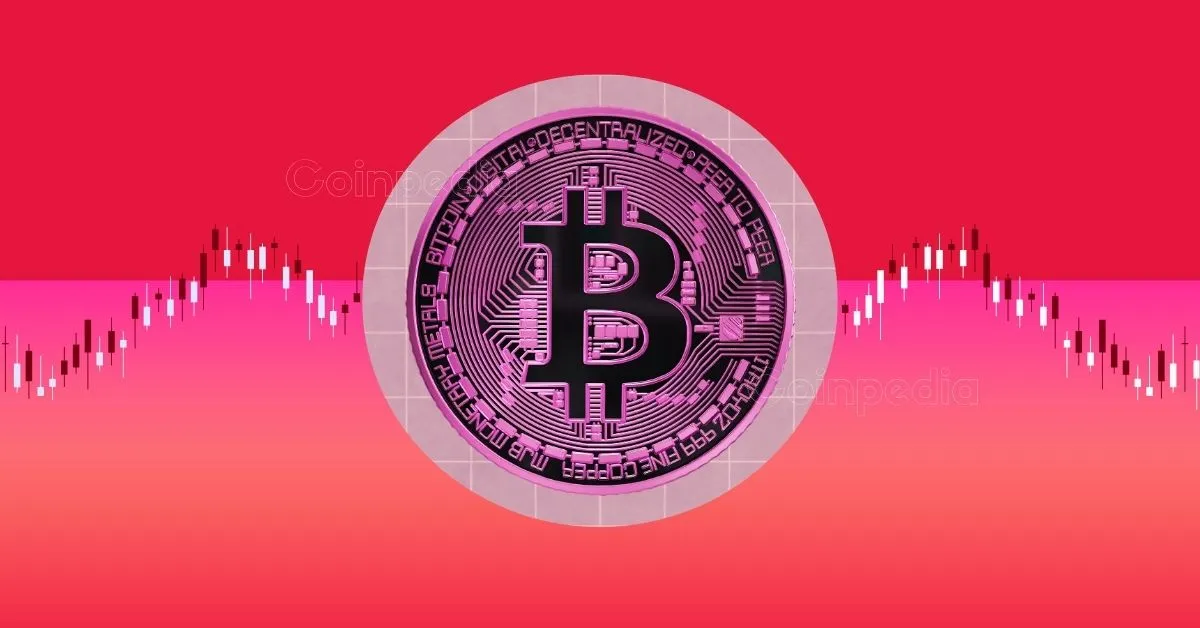The Stock Market Tumble: A Billion-Dollar Blow
Last Friday, the financial world held its breath as the S&P 500 and Nasdaq took a tumble, erasing hundreds of billions of dollars in value.
S&P 500: A 1.71% Decline
The S&P 500, an index that measures the stock performance of 500 large companies listed on the NYSE or NASDAQ, experienced a 1.71% decrease. This might not sound like much, but when you consider that each percentage point represents about $30 billion, the $56.8 billion loss is nothing to sneeze at.
Nasdaq: A 2.2% Plunge
The tech-heavy Nasdaq Composite Index, which includes companies such as Apple, Microsoft, and Amazon, fared even worse. Its 2.2% decrease translates to approximately $650 billion in losses. This decline is particularly noteworthy because tech stocks have been leading the market’s growth in recent years.
What Does This Mean for Me?
If you’re an investor, these numbers might have you feeling a little uneasy. A loss of nearly $1.6 trillion between the two indices is nothing to dismiss. However, it’s essential to remember that short-term market fluctuations are normal and often not indicative of long-term trends.
If you’re not an investor, you might be wondering how this affects you. Well, the ripple effect of a significant market downturn can be felt in various ways. For instance, businesses may delay expansion plans, and consumers might be less likely to make large purchases due to economic uncertainty. In turn, this could lead to job losses or reduced hours for some.
What Does This Mean for the World?
The impact of a major market downturn extends far beyond the financial sector. Economies around the world are interconnected, and a significant loss in the US stock market can have ripple effects. For instance, global investors might sell off stocks in other markets to cover their losses in the US. This could lead to a domino effect, with markets in Europe and Asia potentially experiencing declines.
Moreover, companies that rely on access to capital markets for funding might find it more challenging to secure the necessary financing, which could hinder their growth or even lead to bankruptcy. Additionally, pension funds and other institutional investors that have large holdings in the stock market might need to sell assets to meet their obligations, potentially leading to further declines in stock prices.
The Silver Lining
While a significant market downturn can be disheartening, it’s important to remember that history shows us that the market eventually recovers. In fact, the S&P 500 has historically recovered from every downturn, with stocks eventually reaching new all-time highs.
- Investors might see this as an opportunity to buy stocks at a lower price, with the potential for future gains.
- Businesses might become more efficient and innovative to weather the economic downturn, leading to long-term growth.
- Governments and central banks might take action to stimulate the economy, which could lead to job creation and economic growth.
So, while the recent market downturn might leave a bitter taste in our mouths, it’s important to remember that history has shown us that the market eventually recovers. In the meantime, it’s essential to stay informed and make informed decisions based on reliable information.
Conclusion
The recent market downturn, with the S&P 500 falling 1.71% and the Nasdaq decreasing 2.2%, represents a significant loss of value. While this might be disheartening for investors and have far-reaching impacts on the economy, history has shown us that the market eventually recovers. It’s essential to stay informed, make informed decisions, and remember that short-term market fluctuations are not always indicative of long-term trends.





